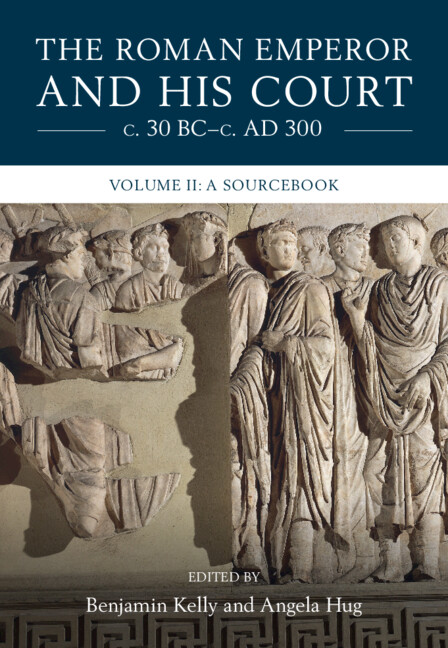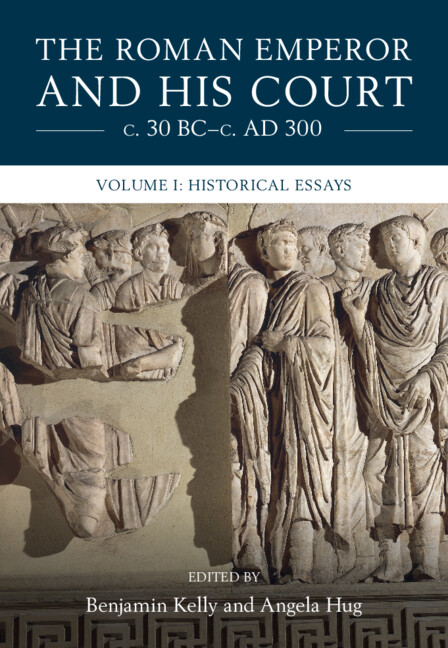The Roman Emperor and his Court c. 30 BC–c. AD 300
At the centre of the Roman empire stood the emperor and the court surrounding him. The systematic investigation of this court in its own right, however, has been a relatively late development in the field of Roman history, and previous studies have focused on narrowly defined aspects or on particular periods of Roman history. This book makes a major contribution to understanding the history of the Roman imperial court. The first volume presents nineteen original essays covering all the major dimensions of the court from the age of Augustus to the threshold of Late Antiquity. The second volume is a collection of the ancient sources that are central to studying that court. The collection includes: translations of literary sources, inscriptions, and papyri; plans and computer visualizations of archaeological remains; and photographs of archaeologic sites and artworks depicting the emperor and his court.
- Highlights the long-term continuities and cycles in the history of the Roman court
- Offers comparisons between the Roman court and monarchical courts of other times and places
- Volume 2 provides a collection of the key sources relevant to the study of the Roman imperial court, including translated textual sources and images of items of material culture
Reviews & endorsements
'In general, the volume presents a valuable collection of essays and source material to students endeavoring to study the Roman imperial court. While some essays are mainly informative, others provide discursive research questions. The mixture of both reflects the authors' intent to cater to undergraduate students; however, advanced researchers will also profit from the range of topics, sources, and bibliography. The diverse contributions in both volumes yield far-reaching historical knowledge and will stimulate fruitful discussions, both inside the classroom and in further research contexts.' Anna-Lisa Fichte, H-Soz-Kult
Product details
October 2022Hardback
9781316513231
360 pages
250 × 176 × 20 mm
0.8kg
21 b/w illus. 16 colour illus. 12 maps
Available
Table of Contents
- 1. Conceptualizing the Roman court Benjamin Kelly
- 2. Court spaces Benjamin Kelly and Michele George
- 3. Relationships Angela Hug, Benjamin Kelly and Neil W. Bernstein
- 4. Rituals and ceremonial Caillan Davenport, Matthew B. Roller and Fanny Dolansky
- 5. Picturing the court Olivier Hekster, Kelly Olson, Angela Hug and Robyn Gillam
- 6. Narratives of court crises Angela Hug and Benjamin Kelly.





